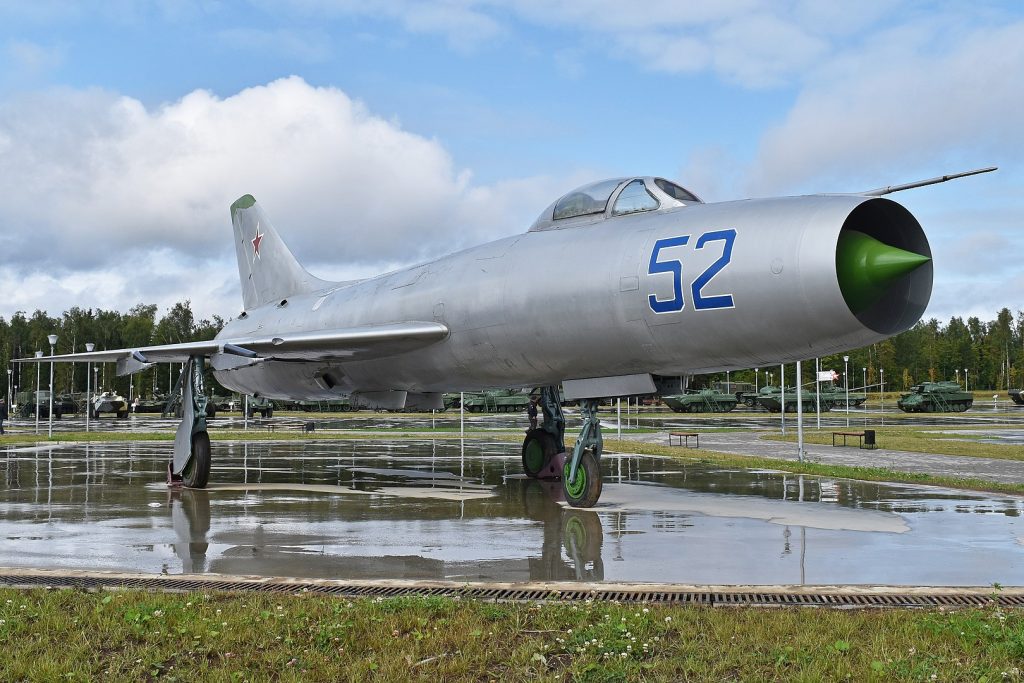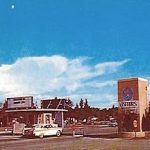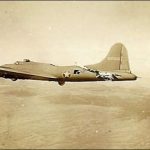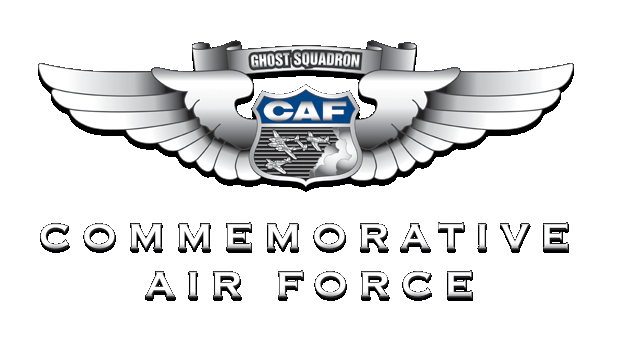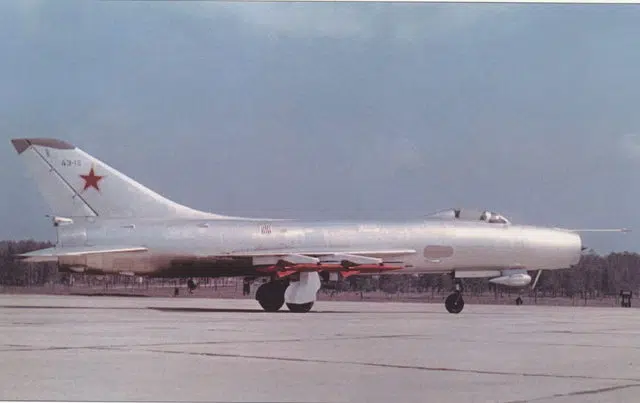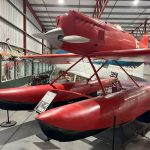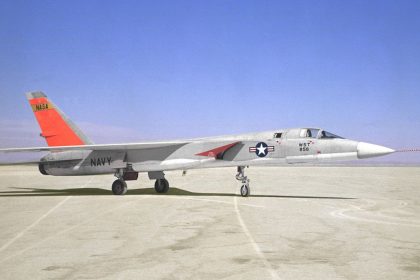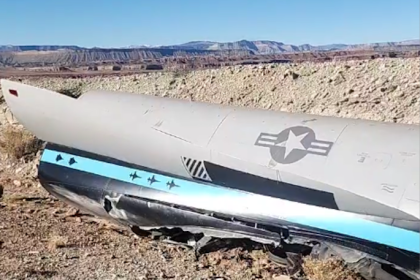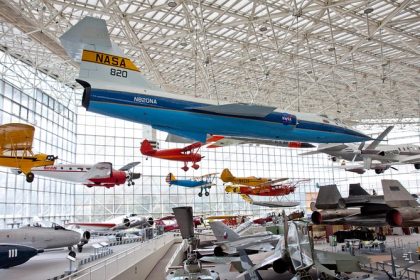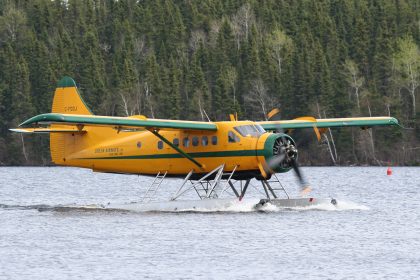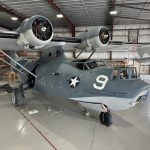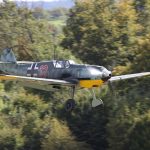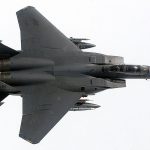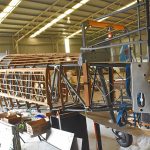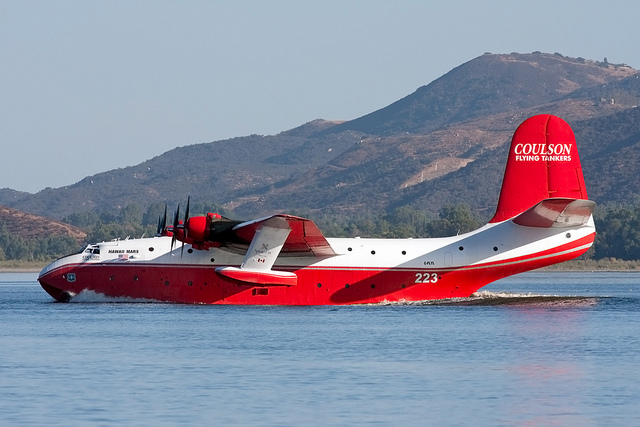On this day in aviation history, 69 years ago—June 24, 1956—the Sukhoi Su-9 made its maiden flight. Designated “Fishpot” by NATO reporting standards, the Su-9 was an all-weather, jet-powered interceptor developed by the Soviet Union during the height of the Cold War. It emerged from extensive post-Korean War research, drawing on lessons learned from both Soviet and Western aircraft, including the MiG-15/17 and the North American F-86 Sabre. The Su-9 retained a centerline engine configuration but introduced a delta wing in place of the conventional swept-wing layout, signaling a new era in Soviet interceptor design.
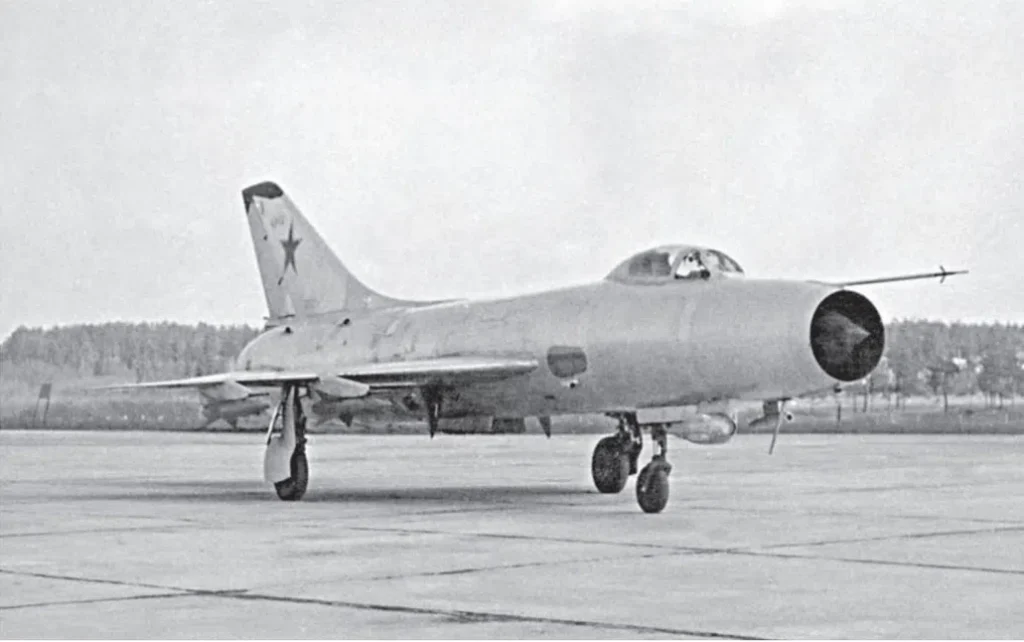
Details of the Su-9’s operational history remain sparse, as many records of its service are either lost or remain classified. However, it is widely believed the Su-9 participated in various interception missions against foreign reconnaissance aircraft during the Cold War. Its most famous (and possibly apocryphal) engagement may have been on May 1, 1960, when Francis Gary Powers’ U-2 spy plane was shot down over Soviet territory—a mission often associated with Soviet air defense interceptors like the Su-9.
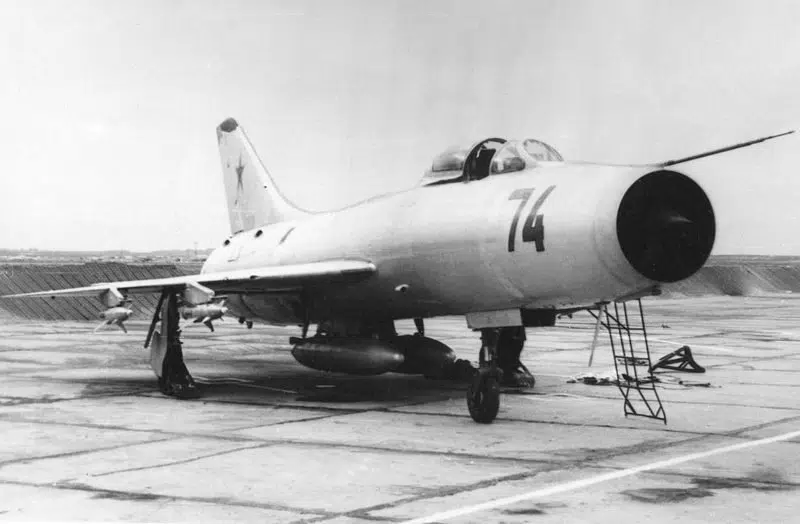
Physically, the Sukhoi Su-9 was an impressive aircraft. It measured 55 feet in length with a wingspan of 28 feet, powered by a single Lyulka AL-7F-1-100 turbojet engine, capable of producing 14,987 pounds of thrust dry and 21,158 pounds with afterburner. The aircraft could reach a top speed of 1,320 miles per hour and had a maximum service ceiling of 66,000 feet. Its combat radius was limited to approximately 730 nautical miles on internal fuel. Armament typically consisted of four K-5 air-to-air missiles mounted on underwing pylons, with additional hardpoints for fuel drop tanks beneath the fuselage.
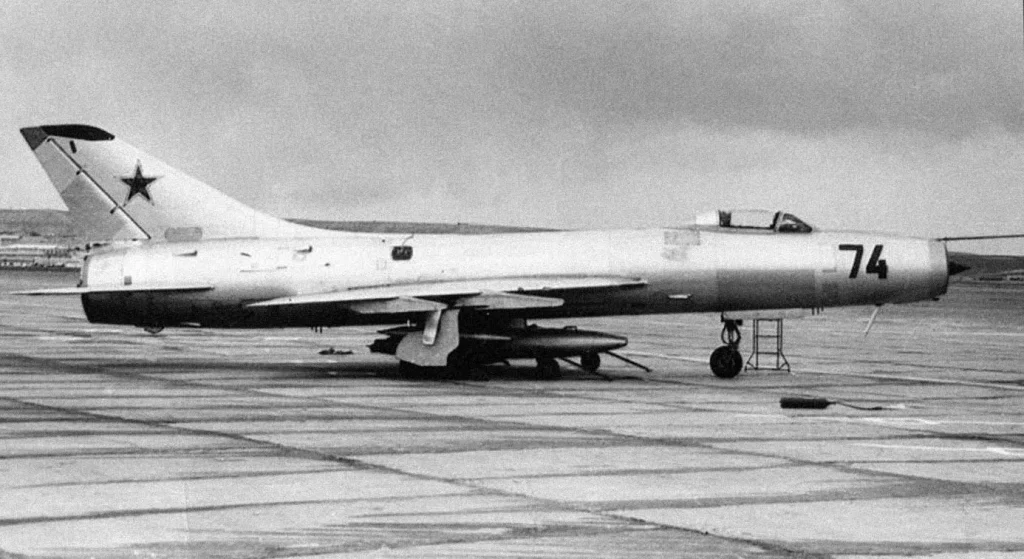
Often mistaken for the smaller MiG-21 “Fishbed,” the Su-9 “Fishpot” is distinguished by its larger size and characteristic bubble canopy. A total of 1,150 Su-9s were produced between 1958 and 1962, though only a few have survived into the present day. Today, several examples are preserved in Russian museums, including the Central Air Force Museum in Monino near Moscow. While not as widely known as other Soviet-era fighters, the Sukhoi Su-9 played a crucial role in defending the USSR’s vast airspace during the early decades of the Cold War—a fast, sleek reminder of the technological race for supremacy in the skies.
